In the fascinating world of pets, cats and dogs reign as the most popular companions, each bringing their unique blend of charm and challenges to households worldwide. This article delves into the intriguing behavioural and personality differences between these two beloved species.
Table of Contents
Introduction
Understanding these distinctions not only satisfies our curiosity but also aids prospective pet owners in making informed decisions about which pet might best suit their lifestyle and preferences. The comparison is not just about which pet is ‘better,’ but rather about appreciating the distinct qualities that make cats and dogs endearing and unique in their own ways.
Behavioral Comparisons
Dogs: The Active Companions

Dogs are known for their need for regular exercise and stimulation. Daily walks, play sessions, and social interaction are crucial for their well-being. Training and socialization play a key role in ensuring dogs are well-behaved and sociable with other pets and people. Grooming needs vary among dog breeds, but some amount of brushing and occasional baths are generally necessary. At their core, dogs are social creatures who thrive on attention and affection from their human companions.
Cats: The Independent Spirits
Cats, in contrast, are often seen as more low-maintenance pets. Essential care includes a clean and regularly maintained litter box, along with providing scratching posts or pads to satisfy their natural scratching instincts. While cats do enjoy playtime, especially with interactive toys, they are also experts in relaxation and often find contentment in cozy spots for napping. Cats value their independence, often balancing their affectionate moments with periods of solitude.
Personality Traits A Deeper Look
Cats: The Enigmatic Solitude Lovers

- Independence: Cats are known for their self-reliant nature. They don’t constantly seek attention and are quite content spending time alone.
- Subtle Affection: Their love is often less demonstrative. Cats might show affection through purring, gentle headbutts, or by simply spending time nearby.
- Observational Nature: They tend to be observers, watching their surroundings with a keen and curious eye.
Dogs: The Expressive Social Beings

- Sociability: Dogs generally crave interaction and companionship, both with humans and other dogs.
- Emotional Expressiveness: They are more likely to wear their hearts on their sleeves, showing happiness, excitement, or sadness quite openly.
- Eagerness to Please: Dogs often seek approval and are known for their desire to be trained and to follow commands.
Intelligence Analysis with Examples
Cognitive Intelligence

Dogs: Their ability to learn commands is remarkable. For example, Border Collies can learn words, perform complex tasks, and even recognize numerous toys by name. This demonstrates their impressive memory and learning capacity.

Cats: They exhibit problem-solving skills, often finding ingenious ways to access hard-to-reach areas or manipulate objects to get what they want, like opening doors or puzzle feeders.
Emotional Intelligence

Dogs: They can read human emotions effectively. For instance, dogs often approach and comfort their owners when they are sad, showing empathy. Service dogs are trained to detect and respond to emotional cues, aiding people with disabilities.

Cats: While more independent, cats can also sense mood changes in their owners. They may curl up with someone who is feeling down, albeit in a quieter way than dogs.
Instinctive Intelligence

Cats: Their hunting prowess is a prime example of instinctive intelligence. Even domestic cats exhibit stalking and pouncing behaviors, innate skills crucial for survival in the wild.

Dogs: Specific breeds have inherent abilities tailored to certain tasks. For instance, a Shepherd dog instinctively herds sheep, displaying an inborn understanding of how to move and control a flock.
Note: There might be affiliate links mentioned here. We may receive a commission if you purchase a product through an affiliate link. There is no additional charge for you. Please do your own research before making any online purchases.
Body Language and Communication in Cats and Dogs
Understanding the body language of cats and dogs is crucial for interpreting their feelings and intentions. This section will delve into the specifics of how these animals communicate through their body parts, including their eyes, ears, tails, mouths, and overall posture.
Cats: Subtle and Complex Communicators

Eyes: A cat’s eyes are expressive. Dilated pupils can indicate excitement, fear, or playfulness. Slow blinking is a sign of trust and affection, often referred to as a “cat kiss.”
Ears: The positioning of a cat’s ears is a key indicator of their mood. Forward-facing ears suggest curiosity or contentment, while flattened ears signal fear, aggression, or irritation.
Tail: A cat’s tail is like a mood barometer. A straight-up tail indicates a happy and confident cat, while a puffed-up tail suggests fear or aggression. A twitching tail can show irritation or impending predatory behavior.
Whiskers: Whiskers that are forward-facing indicate curiosity, while those pulled back against the face can signal fear or aggression.
Vocalizations: Cats have a wide range of vocalizations. A purr usually means contentment, but it can also signify pain. Hisses and growls are clear signs of distress or aggression.
Dogs: Expressive and Eager Communicators

Eyes: Dogs use eye contact as a means of communication. A relaxed, direct gaze indicates trust and comfort, while a hard stare can be a challenge or a threat. Avoidance of eye contact can signal submission or fear.
Ears: Like cats, dogs’ ears are indicative of their mood. Ears up and forward show alertness and interest, while ears flattened against the head can indicate fear or submission.
Tail: A wagging tail in dogs is often associated with happiness, but the tail’s position and movement type are important. A high, stiff wag can be a sign of alertness or aggression, while a low, slow wag might indicate insecurity.
Posture: A dog’s body posture conveys a lot. A relaxed stance suggests comfort, while a lowered body with a tucked tail can indicate fear. An aggressive dog might make itself look bigger, with raised hackles and a stiff posture.
Vocalizations: Barking can have various meanings, from alerting about a potential threat to expressing excitement or seeking attention. Growling can be a warning, and whimpering might indicate fear, pain, or submission.
Understanding these nuances in cat and dog communication enhances our ability to interact with them empathetically and appropriately. It’s a fascinating aspect of our relationship with these animals, as we learn to interpret and respect their natural behaviors and expressions.


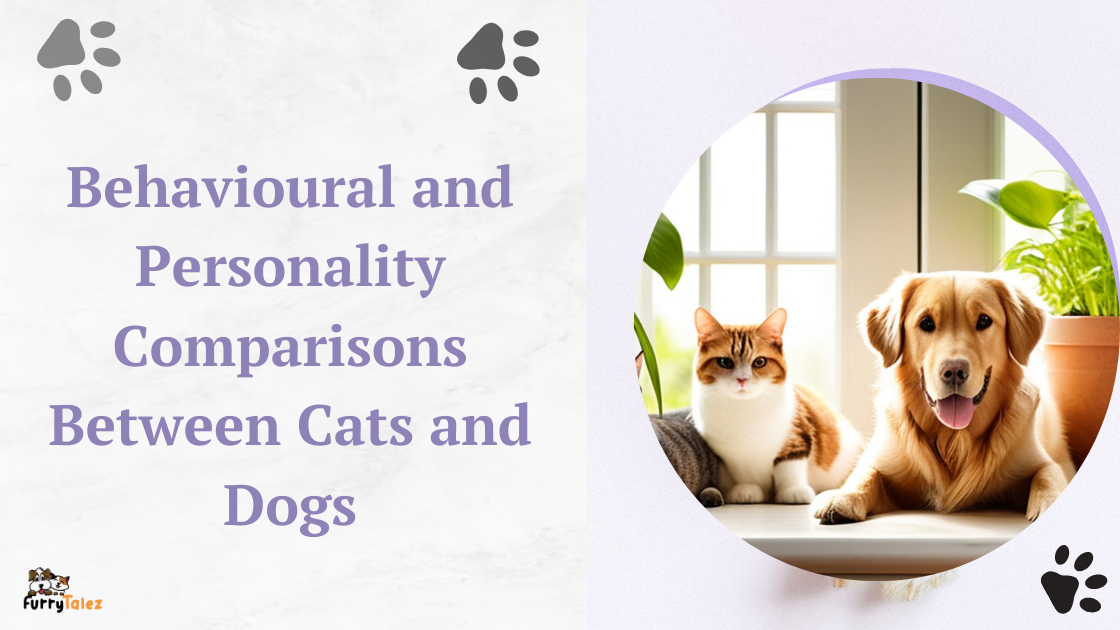
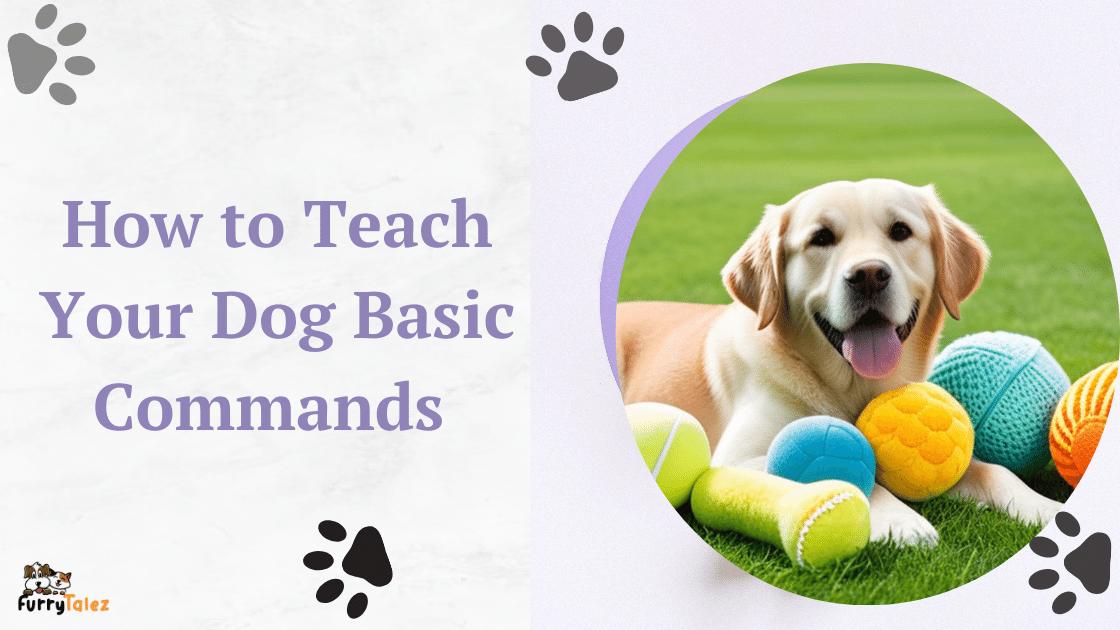





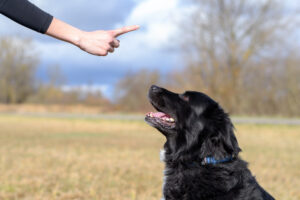
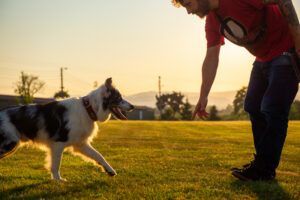






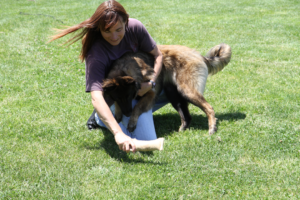






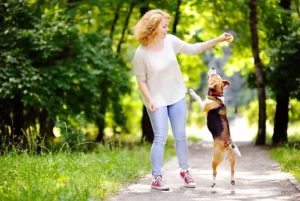



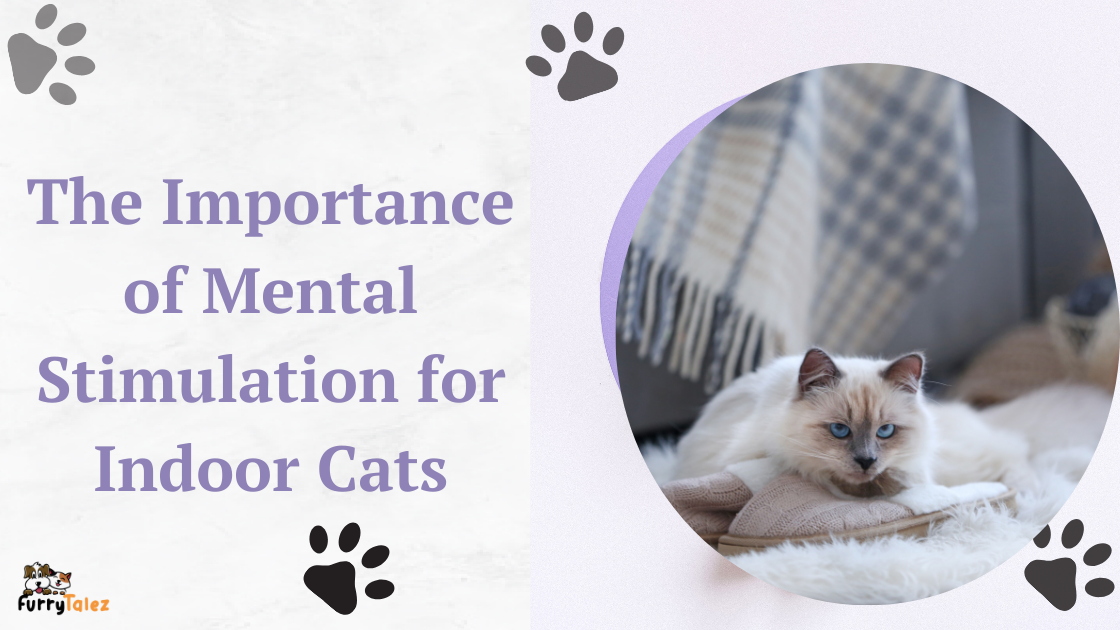



























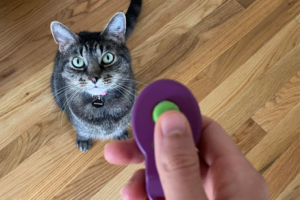




















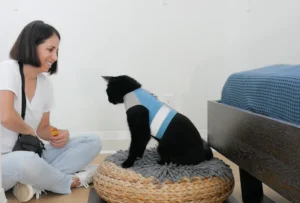


















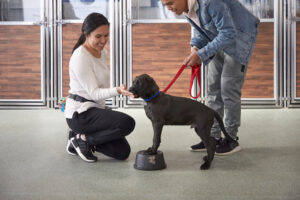


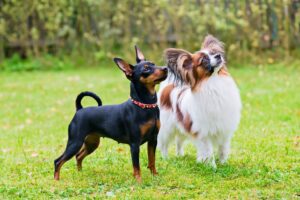




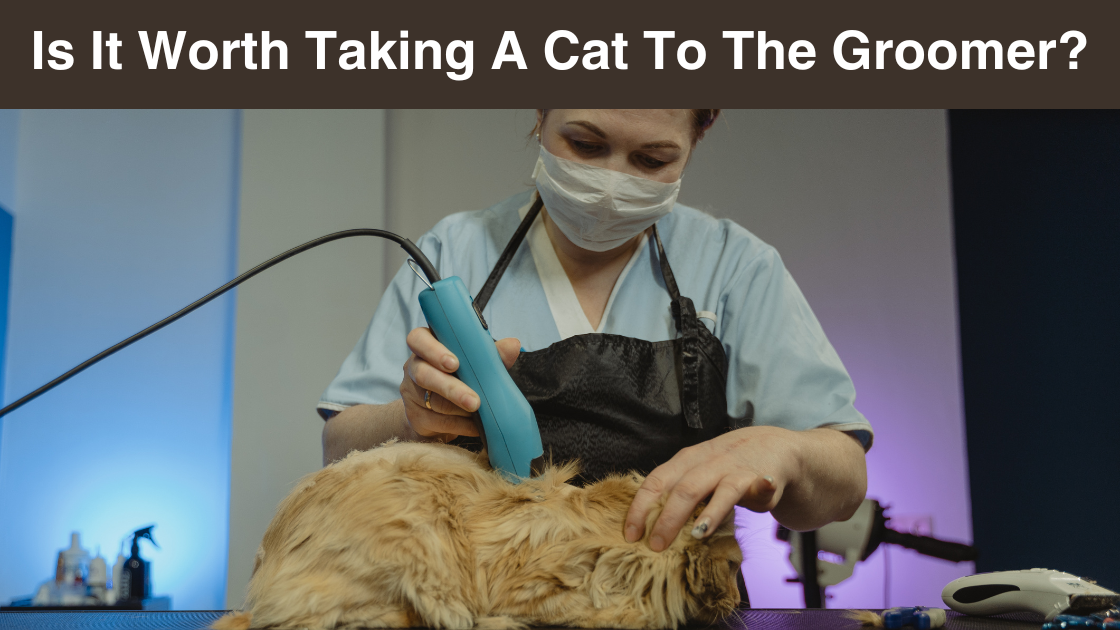




 Because their mothers groom their young, kittens are more receptive to grooming because it seems normal to them. Your kitten becomes accustomed to being handled and held as a result. An adult cat can be trained with more handling, but if at all possible, begin with a young cat.
Because their mothers groom their young, kittens are more receptive to grooming because it seems normal to them. Your kitten becomes accustomed to being handled and held as a result. An adult cat can be trained with more handling, but if at all possible, begin with a young cat.













